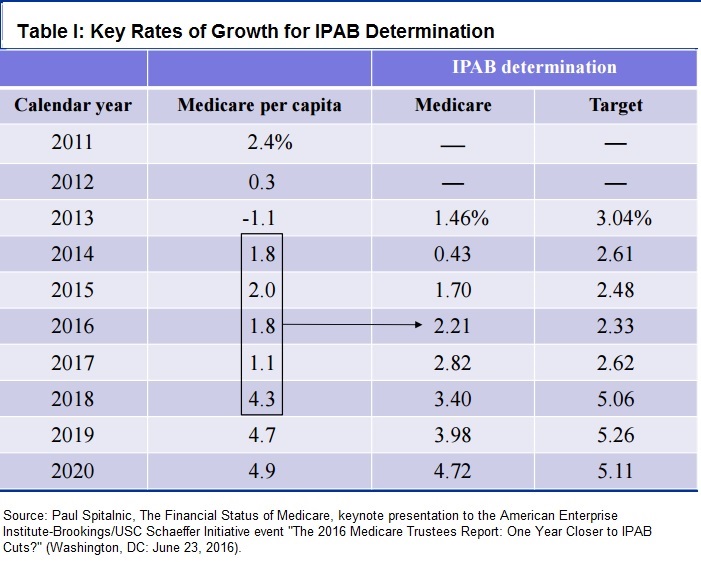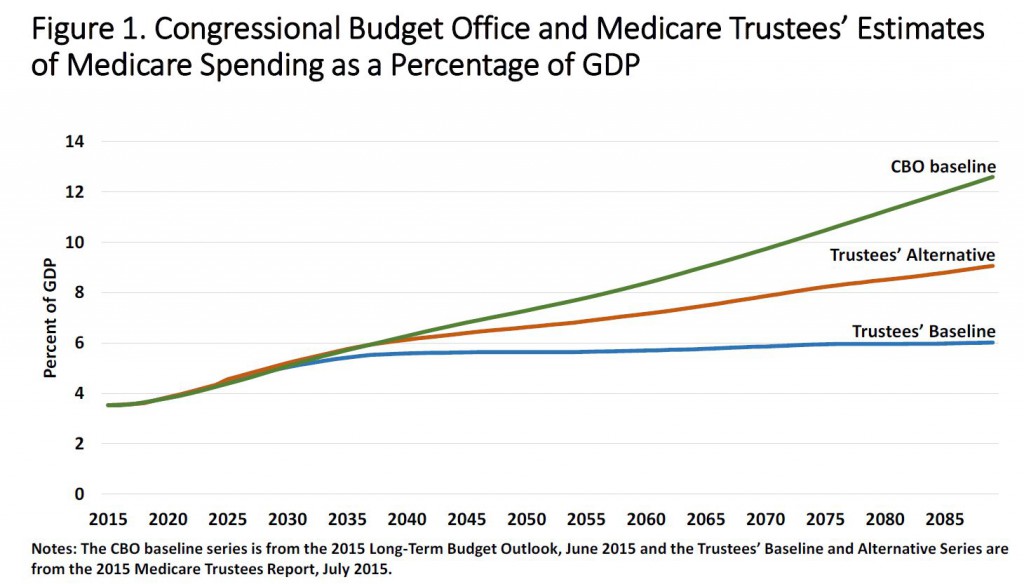Medical Marijuana Saves Taxpayers Money
 In a fascinating article in Health Affairs, Ashley Bradford and David Bradford of the University of Georgia have estimated that medical marijuana has benefited taxpayers:
In a fascinating article in Health Affairs, Ashley Bradford and David Bradford of the University of Georgia have estimated that medical marijuana has benefited taxpayers:
Using data on all prescriptions filled by Medicare Part D enrollees from 2010 to 2013, we found that the use of prescription drugs for which marijuana could serve as a clinical alternative fell significantly, once a medical marijuana law was implemented. National overall reductions in Medicare program and enrollee spending when states implemented medical marijuana laws were estimated to be $165.2 million per year in 2013. The availability of medical marijuana has a significant effect on prescribing patterns and spending in Medicare Part D.
(Ashley C. Bradford and W. David Bradford, “Medical Marijuana Laws Reduce Prescription Medication Use in Medicare Part D,” Health Affairs, 35 (7) July 2016, pp. 1230-1236.)
Let’s not get carried away, here. The Medicare Part D prescription drug program spent $69 billion on benefits in 2013, of which $59 was funded by taxpayers (not premiums). So, medical marijuana is making an insignificant dent in the burden of this entitlement.







